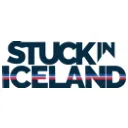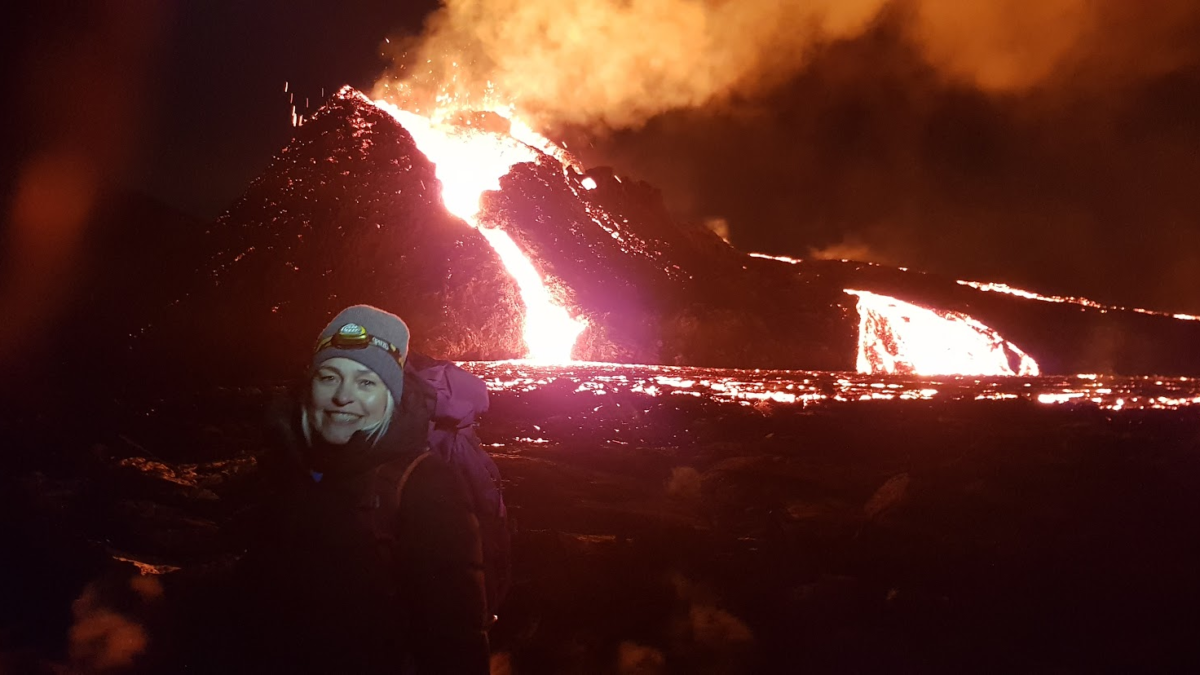Free and exclusive discount codes for hundreds of tours and & travel services in Iceland
Subscribe to instantly receive discount codes for tours, car rental, camper van rental, and outdoor clothing rental. Thank you! ❤️ Jon Heidar, Editor of Stuck in Iceland Travel MagazineI have immense respect for the people who work for the Icelandic Meteorological Office. They are, amongst other things, tasked with predicting the notoriously volatile Icelandic weather, Icelandic volcanoes, and natural hazard monitoring activity in one of the world’s most geologically active places.

Keeping tabs on Icelandic volcanoes is one tough job
In a world where everybody demands immediate certainty, monitoring and predicting the behavior of complex natural forces on a subarctic volcanic island off the coast of Greenland in the North Atlantic is not easy. However, there is an upside. If you do this difficult job well, you will become recognized as an authority nationally. One of the scientists who has earned the respect of Icelanders for her calm professionalism and ability to explain complex scientific facts is my friend Kristín Jónsdóttir, Program Director for Earthquake Monitoring at the Icelandic Meteorological Office (IMO).
Explaining geological events to the public
Kristín has been a regular in the Icelandic media during significant volcanic eruptions, such as the 2014 Holuhraun eruption and the recent eruption at the Geldingadalur valley on the Reykjanes peninsula. The eruption in Geldingadalur valley was preceded by significant earthquakes that rocked the Reykjanes peninsula and Reykjavik.
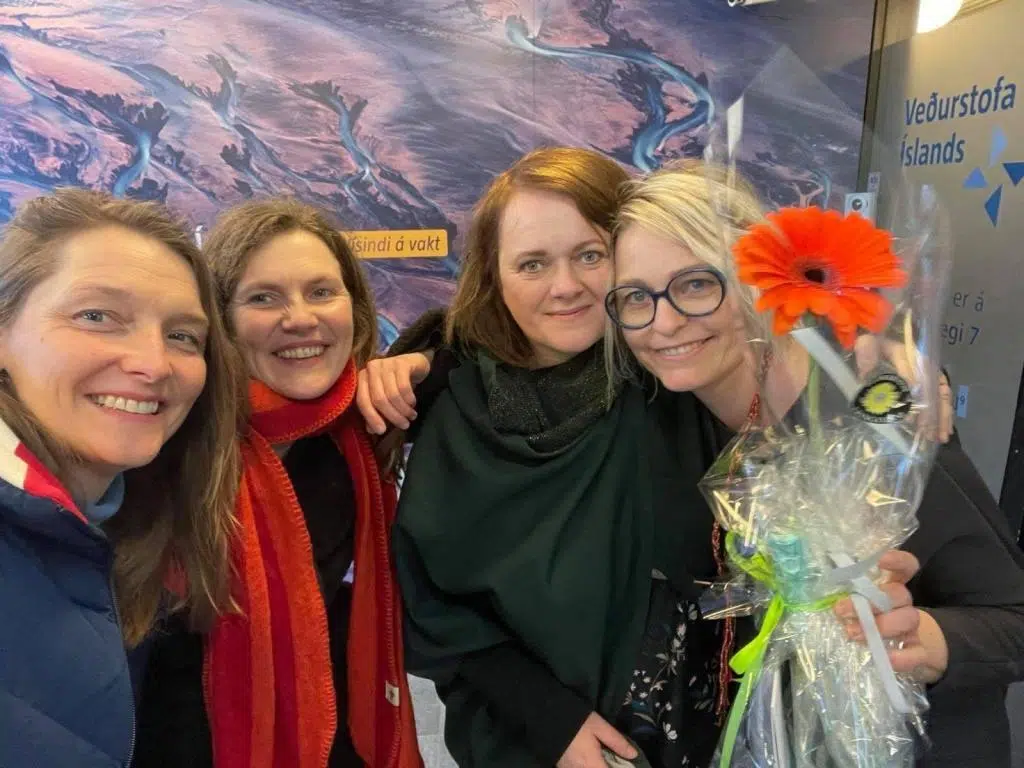
Always prepared
I remember visiting Kristín at the IMO back in 2015. I recruited speakers for a tech conference and wanted her to present how the IMO uses networked devices to monitor volcanoes and earthquakes. She was very accommodating. She immediately agreed. But then she paused, looked me in the eye, and said: “I am, of course, happy to present at your conference, but if the volcano Katla goes off, you know I can’t make it.” I nodded and smiled and said I was not concerned at all. But I was actually. Not because I was nervous about Katla specifically, that volcano has been primed to wreak havoc since it erupted in 1918. It reminded me of the many dark scenarios people like Kristín constantly need to consider.
Hey Kristín, thank you for taking the time for the interview. Please give my readers background information
I grew up in the suburbs of Reykjavík with my two younger sisters and parents, who both were teachers. There were repeated eruptions in the north during my childhood, the Krafla Fires. In total, there were nine eruptions reported on the news with videos and interviews with geologists that later became my supervisors. My grandfather grew up in Vestmannaeyjar. He had a book about the Vestmannaeyjar eruption in 1973 when I was born. I used to love that book which showed pictures of the eruption. My grandfather told inspiring stories about the rescue of the islanders. They woke up in the middle of the night, when the eruption started, without warning! My parents also did a great job traveling with us around Iceland. They were relentless in teaching us the names of mountains and rivers.
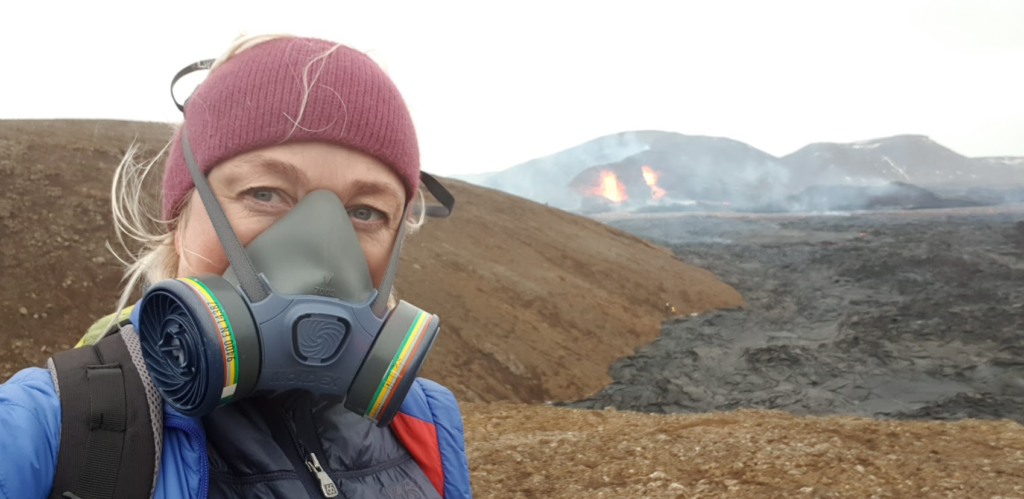
Passion for all things geological
Still, more importantly, my mom, a former tourist guide, would also point out geological phenomena and explain lava features and simple tectonics. Despite being into music, playing violin, singing in choirs and indy bands, geoscience, I think pretty understandably, became the theme of my journey. I studied geophysics at the University of Iceland. I later went abroad to do a Ph.D. and a couple of postdocs before being offered a position leading the earthquake & volcano monitoring at the Met Office.
Can you please explain why Iceland is so geologically active?
Iceland is intersected with a divergent plate boundary between the N-American and the Eurasian plates. In other words, these plates are moving away from each other by 2 cm per year. In addition, there is a mantle plume beneath Iceland which is responsible for high volcanism. We monitor 32 Icelandic “awake” volcanoes and two earthquake zones. These can have earthquakes up to magnitude 7.
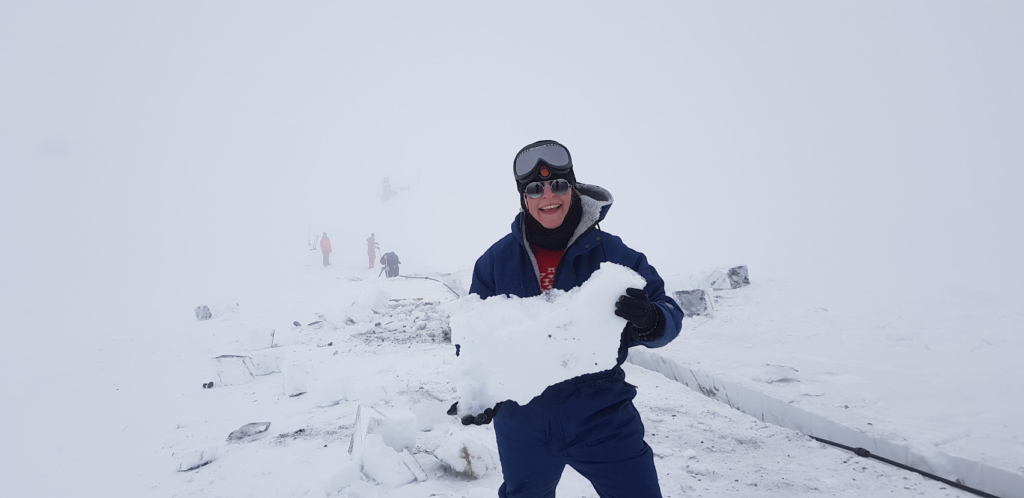
What are the main Icelandic volcanoes, or other geologically active areas, that you and your team monitor?
The activity is constantly changing. Recently we have been monitoring volcanic systems on the Reykjanes Peninsula closely and Askja. in addition, we have the usual suspects; Katla (which inspired the Katla Netflix series) Grímsvötn, Hekla, and Bárðarbunga, on our volcano hotlist.
What places in Iceland are essential destinations for volcano or geology enthusiasts?
Difficult question. Everywhere! But if you have to choose, do not miss a visit to the recent eruption site at Fagradalsfjall. You should also visit Þingvellir and Geysir and see volcanoes in South Iceland like Hekla and Eyjafjallajökull. I am recently also mad about glaciers which I think are worth visiting.
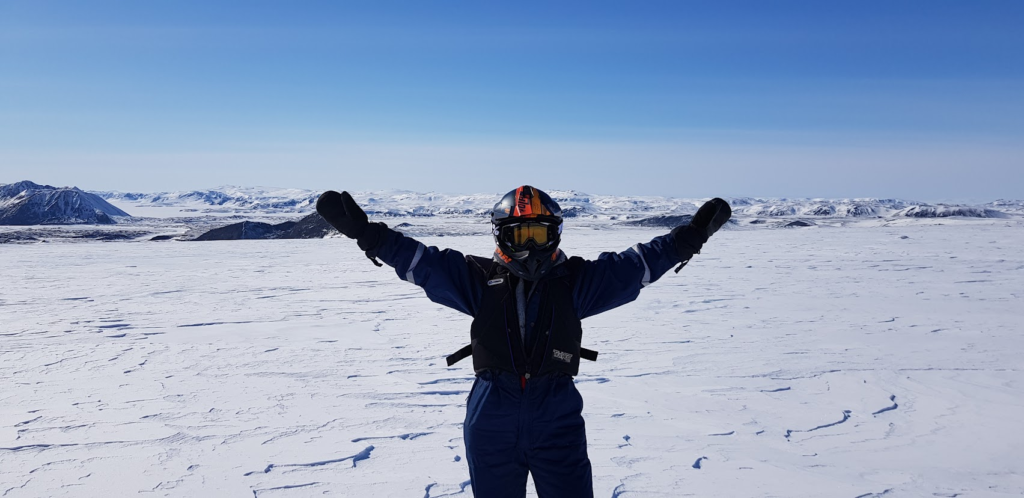
What are your favorite places or activities in Iceland?
Again, a difficult question. So many! I love visiting southeast Iceland, the glacier lagoon by Breiðamerkurjökull and the scenery at Höfn í Hornafjörður are spectacular. Spending some time on the glaciers is a favorite of mine. Still, I also genuinely enjoy simple hikes with friends, family, and my dog to areas in the vicinity of Reykjavík. One great place to visit is Búrfellsgjá.
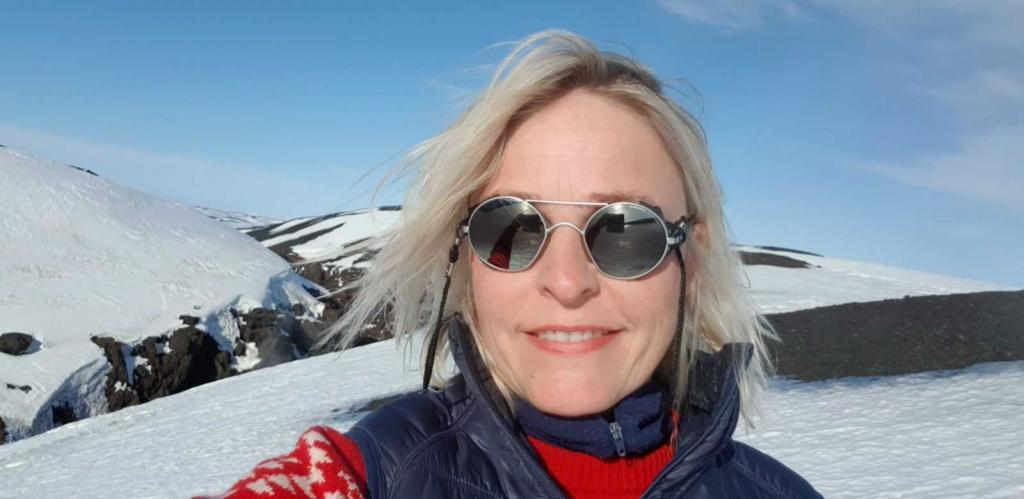
What advice would you give to those visiting Iceland for the first time?
Give it at least five days for traveling around. Bring proper clothing and shoes, follow the news about weather and natural hazards, and ask locals for advice about your plans. It is greener to travel by bus, but if you cannot, drive carefully!

